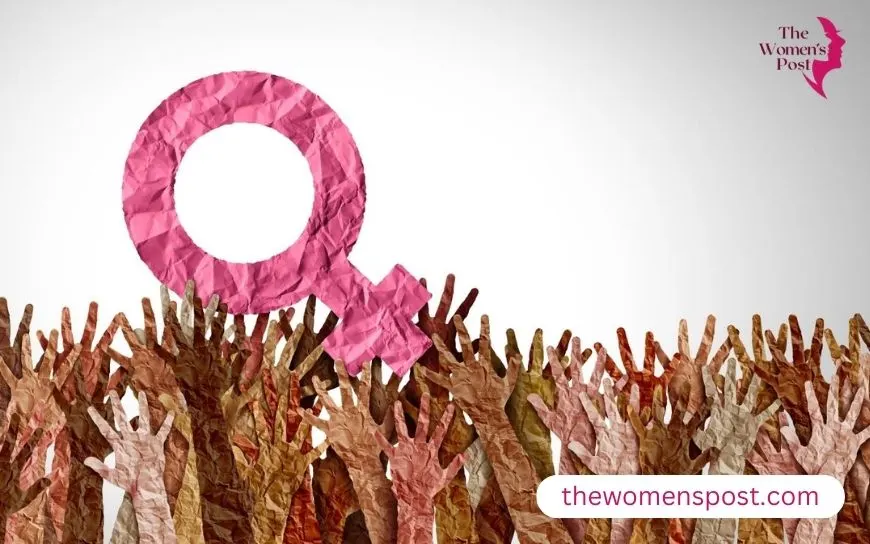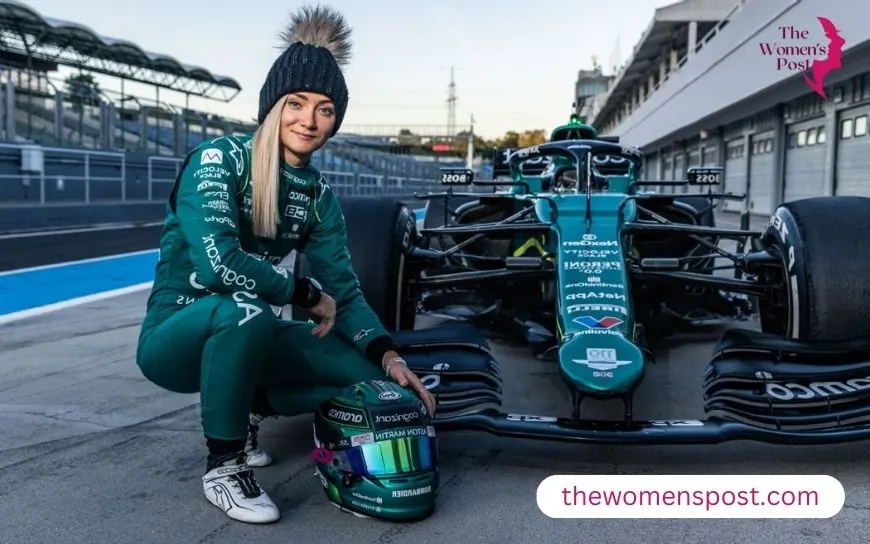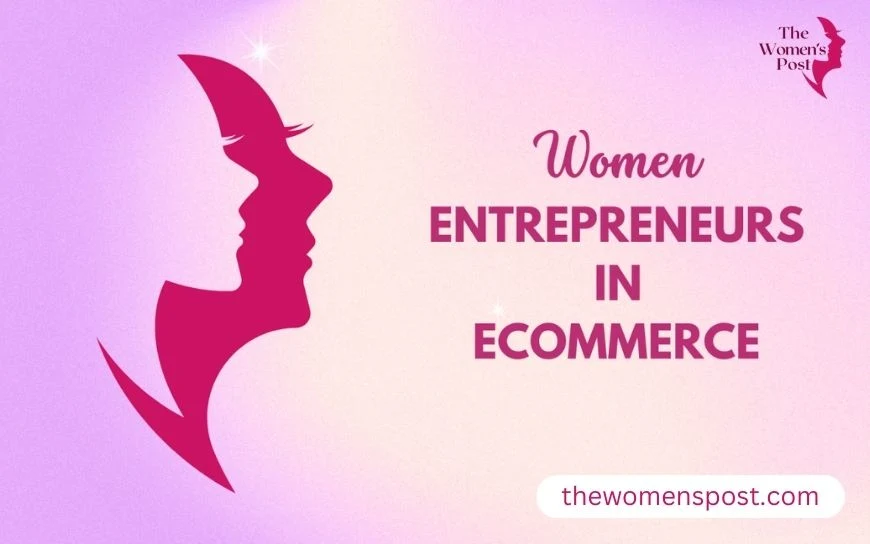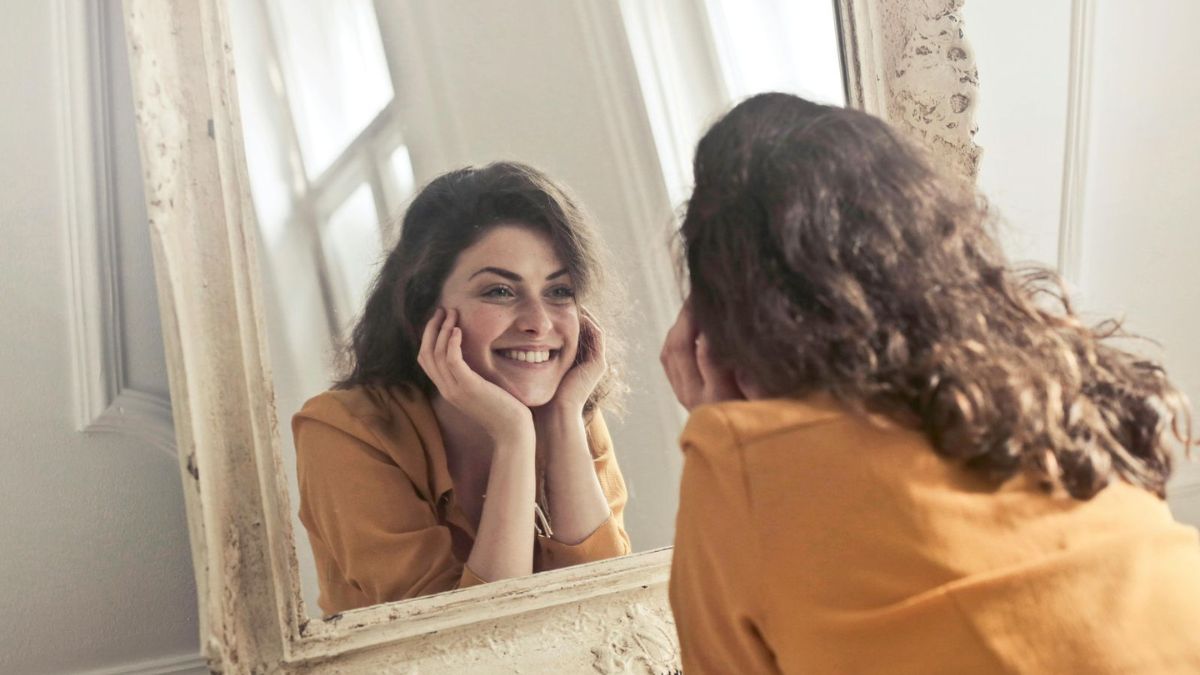Too Modest? Too Bold? Too Bad – Women Owning Their Style
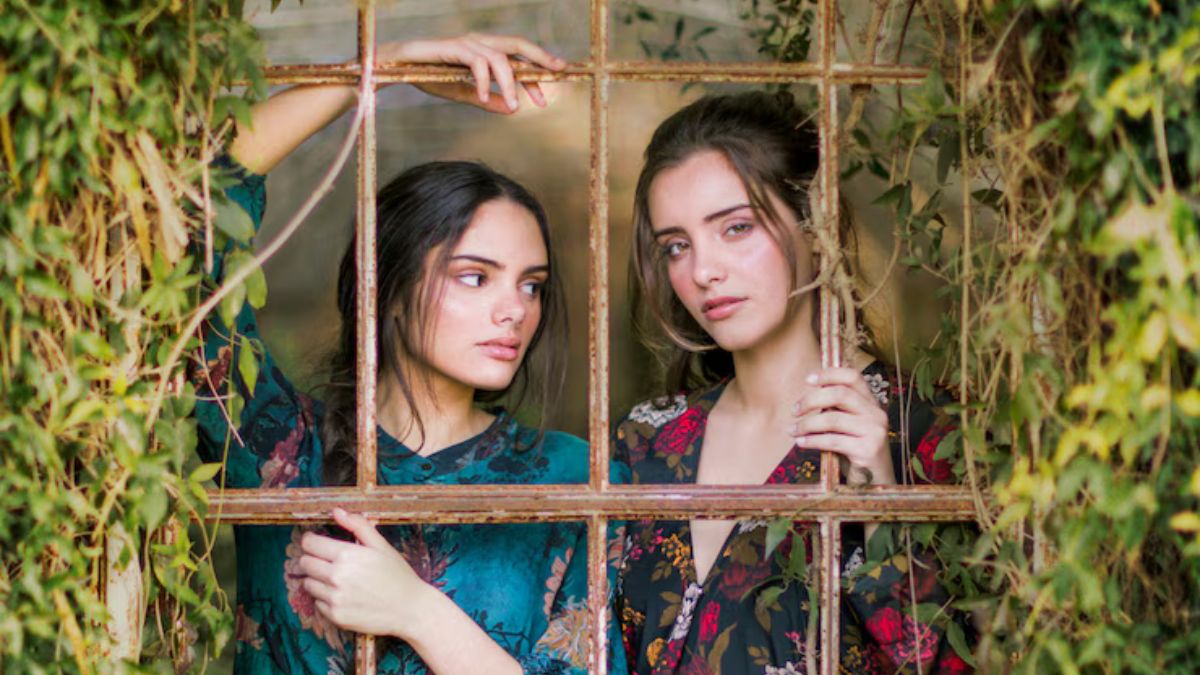
Let’s be honest for a second.
Every woman, no matter where she comes from—whether it’s the centre of New York City, the suburbs of Nairobi, the streets of Tokyo, or a little town in Peru – has had a moment when she stood in front of a mirror and pondered, “Is this too much?” Alternatively, “Is this enough?”
Modesty and aggressiveness, which appear to be at opposite extremities of the stylistic spectrum, are more than simply fabrics. They are about freedom, fear, speech, and growth. And, worldwide, women are negotiating this terrain with greater boldness and complexity than ever before.
So let’s start unpacking it. Honest, personal, and without judgement.
The Quiet Confidence Of Modesty
Let us begin with a common misconception: humility does not imply invisibility. It’s not a weakness. It’s not embarrassing.
For many women, modest dress is a kind of identification.
Meet Amina, a 29-year-old teacher from Morocco. Her outfit is made up of long, flowing gowns covered with exquisite scarves. “I dress modestly because it brings me peace,” she claims. “It helps me connect with my culture, beliefs, and heritage. But it doesn’t mean I’m not interested in fashion. I enjoy colour. I enjoy textures. “I enjoy expressing myself.
Across nations, women like Amina are redefining modesty. Hijabi influencers in Indonesia wear large jackets and pastel-colored palazzo pants. In Italy, modesty equals elegance—think high necklines and long coats with a theatrical flare. In Nigeria, ladies wear Ankara designs in regal shapes that combine tradition and trend.
Modesty, in its various forms, is highly personal. It might be spiritual. Cultural. Or maybe it’s just an issue of comfort.
But what it is not? A lack of boldness.
Because it takes courage to be gentle in a world that values show.
The Raw Power of Boldness
Let’s speak about boldness—not only the fashion-forward sort, but the kind that stems from inside.
Lola, a 24-year-old artist from São Paulo, wears crop tops, torn jeans, and bright makeup as armour. “I grew up being instructed to behave and fit in. However, as I grew older, I became more determined to stand apart. Dressing boldly is how I inform the world that I exist. And I am not sorry.”
From London’s punk alleys to Paris’ fashion week runways, daring thrives. It’s the harsh angles of a shaven head in Berlin. The bold designs worn in Cape Town. Stilettos clack down a Manhattan sidewalk. It’s in the rainbow hair of Seoul’s K-pop fans and the gender-fluid costumes of Tokyo’s Harajuku scene.
Boldness is more than simply exposing one’s flesh; it is also about pushing boundaries. It is about refusing to be defined by gender, tradition, or expectations. It’s about taking ownership of the space, even if it’s not quite ready for you.
For many women, particularly lesbian women, women of colour, and women living in traditional settings, vibrant style represents resistance. It’s a protest. It is healing.
The Real Issue: Society’s Gaze
Let’s be honest: the issue isn’t modesty or aggressiveness. It is the world’s reaction to either.
If you dress modestly, you are called “oppressed,” “religious,” or “old-fashioned.”
If you dress provocatively, you’re “attention-seeking,” “indecent,” or “trying too hard.”
It’s a double bind.
Jade, a 32-year-old digital marketer from London, says she’s had enough. “I wore a turtleneck and was asked whether I was feeling ill. I donned a bodycon dress and was told I was too ‘extra.’ What is the proper level of visibility for a woman? Apparently, it does not exist.
This pressure is particularly acute for women in male-dominated or traditional communities. In nations like Afghanistan and Iran, what a woman wears might mean the difference between freedom and imprisonment. In the United States, black and brown women are frequently hypersexualized for wearing the same dress as their white counterparts.
What’s the conclusion? It is not about what we wear. It all comes down to who is looking and judging.
The Rise of Hybrid Women
Fortunately, women throughout the world are rejecting these restrictive divisions. They are mixing styles. Mixing cultures. Being fluid.
Take Sara, a 27-year-old from Pakistan living in Sweden. “I wear a hijab, absolutely. However, I also wear leather coats and dramatic eyeliner. I am not one thing. “I am many things.”
Or Maya from Mumbai, who wears traditional sarees with trainers. Or Aliyah from Toronto, who wears masculine silhouettes with feminine details. Grace, from Kenya, arranges her natural hair with headwraps that alter depending on her mood.
Today’s woman is neither modest nor brave; she is both, depending on the day.
And she’s finished apologising for that.
Social media: Empowerment or Exhaustion?
There is no doubting that platforms such as TikTok and Instagram have transformed self-expression. A 15-second video may convey a woman’s whole cultural identity, preferred style, and political stance—all through clothing.
But there is a flip side.
The constant pressure to be stylish, attractive, and “authentically you” may be taxing. Especially when algorithms reward bodies that meet Eurocentric beauty norms while penalising those who do not.
Emily, a 25-year-old creator from Melbourne, claims she experienced an identity crisis. “I started dressed for the camera rather than myself. I hadn’t realised how much of myself I’d lost until I stopped posting for a month.
Her cleanse served as a reminder that clothes should represent your personality rather than change it.
Culture, Class, and Clothing
Access, class, and context all influence how women dress throughout the world.
A short dress in Rio can be considered casual beachwear. In rural Pakistan, wearing the same clothing may result in disownment.
A designer modest look in Dubai might cost thousands. A used abaya in Sudan may be all someone can afford.
It’s vital to realise that style isn’t always an option. Sometimes it’s about survival.
That is why we must never think that modesty equals tyranny or that assertiveness means emancipation. Both may coexist in empowerment. Both can feel pain.
The real question is, did she get to choose?
Body, Bias, and Beauty Myth
Another universal truth: what is deemed fashionable or acceptable sometimes depends on the person wearing it.
Bold clothing for slender figures? Fashion-forward.
Same outfit on a voluptuous figure? “Too much.”
Farah, a plus-size blogger from Dubai, understands this all too well. “They advise me to ‘dress modestly’ for’my body type.’ But humility isn’t about concealing overweight. And bravery isn’t only for size zero girls.”
Colourism, too, is a global problem. Dark-skinned women in India, Africa, and Southeast Asia are frequently urged to “tone it down,” whereas lighter-skinned women are applauded for similar design choices.
This is an old wound. And women are finally speaking up.
Fashion as Feminist Expression
Globally, more women are utilising fashion to express their feminist identity.
In South Korea, where gender standards are stringent, the “no bra” movement arose as a protest against male gaze and body policing.
In Saudi Arabia, women are reimagining abayas with brilliant colours and innovative cuts as a means of personal and political expression.
Indigenous women in Brazil are recovering traditional dress in an effort to fight colonisation and environmental degradation.
In the United States, intersectional fashion trends such as Black Lives Matter streetwear and LGBTQ+ pride clothing challenge structural inequalities with each outfit.
Every fabric, silhouette, and accessory may convey resistance, pride, remembrance, and significance.
The Emotional Aspect of Style
Let us not forget that style is also emotional.
Following a breakup, many women change their hairstyle, clothes, and energy level.
After childbirth, cancer, or despair, what we wear frequently changes. Not out of vanity. But we’re striving to rediscover ourselves again.
Angela, a 38-year-old cancer survivor from New York, describes her style journey as spiritual. “I lost my hair, brows, and feeling of femininity. But I started to wear coloured scarves. Red lipstick. Large earrings. That was my way of expressing, “I am still here.”
Women throughout the world, like Angela, are dressing to reclaim themselves rather than to impress.
Modesty or Boldness?
The solution is simple: whatever makes you feel like yourself.
Whether it’s a hijab, crop top, saree, or suit, own it.
Modesty is not usually associated with fear. Boldness is not necessarily about ego. Both may be filled with strength, poetry, and meaning.
Let us stop wondering, “What is she wearing?” Start asking, “Is she happy in it?”
Because when a woman genuinely embraces her style- whether modest, bold, or somewhere in the middle – she isn’t merely getting dressed.
She is taking up space. And it is the most radical thing she can do.
Also read: Shaping the Future of Fashion: How Hali Borenstein Leads with Vision?


